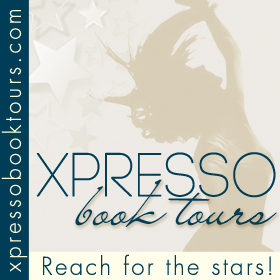A reading journal is a fantastic tool for book lovers to track their reading, reflect on stories, and organize their literary goals. Inspired by creators like Jashi Corrin, Erin Smith, AmyPlans, and Planning with Bumble, here’s a guide to setting up and using your own reading journal.
Choosing Your Journal
Top brands for reading journals include:
Leuchtturm1917: Known for its dot grid pages and pre-printed index, perfect for organizing.
Archer & Olive:Ideal for creative spreads with thick, no-bleed pages.
-Moleskin: A classic option with various sizes and styles.
Hemlock and Oak: a Canadian company with a strong focus on sustainability.
Recommended Pens
Sharpie Pen: Affordable and great for clean lines.
Tombow Dual Brush Pens: Perfect for adding color and calligraphy.
Micron Fineliners:: Excellent for detailed writing and doodles.
Setting Up Your Journal
1. Title Page: Create a personalized cover page with calligraphy, stickers, or doodles.
2. Index: Reserve the first few pages for an index to easily locate entries.
3. Books Read List: Include a simple numbered list of books read throughout the year.
4. TBR (To Be Read) List: Dedicate a section to books you plan to read, perhaps inspired by Goodreads’ curated lists.
Layouts to Include
- One Book Per Page: Write detailed reviews, favorite quotes, and ratings.
- Monthly Recap: Track books read each month with a star rating system or mini-reviews.
- Reading Challenges: Create spreads for challenges like “52 Books in a Year” or genre-specific goal.
- Favorite Quotes Section: Dedicate pages to memorable quotes from your reads.
Creative Touches
For inspiration, check out creators like Jashi Corrin and Planning with Bumble who use vibrant colors, washi tape, and stickers to enhance their journals. Minimalists might prefer Erin Smith’s clean layouts or AmyPlans’ practical designs.
Using Your Journal
Update your journal regularly by logging your reading progress and reflecting on each book. You can add thoughts on characters, plot twists, or even predictions as you read. At the end of the year, review your journal to celebrate your literary journey.
A reading journal is not just a tracker—it’s a creative outlet and a personal archive of your reading adventures!
More Reading Journal Ideas

















No comments:
Post a Comment
looking forward to your thoughts